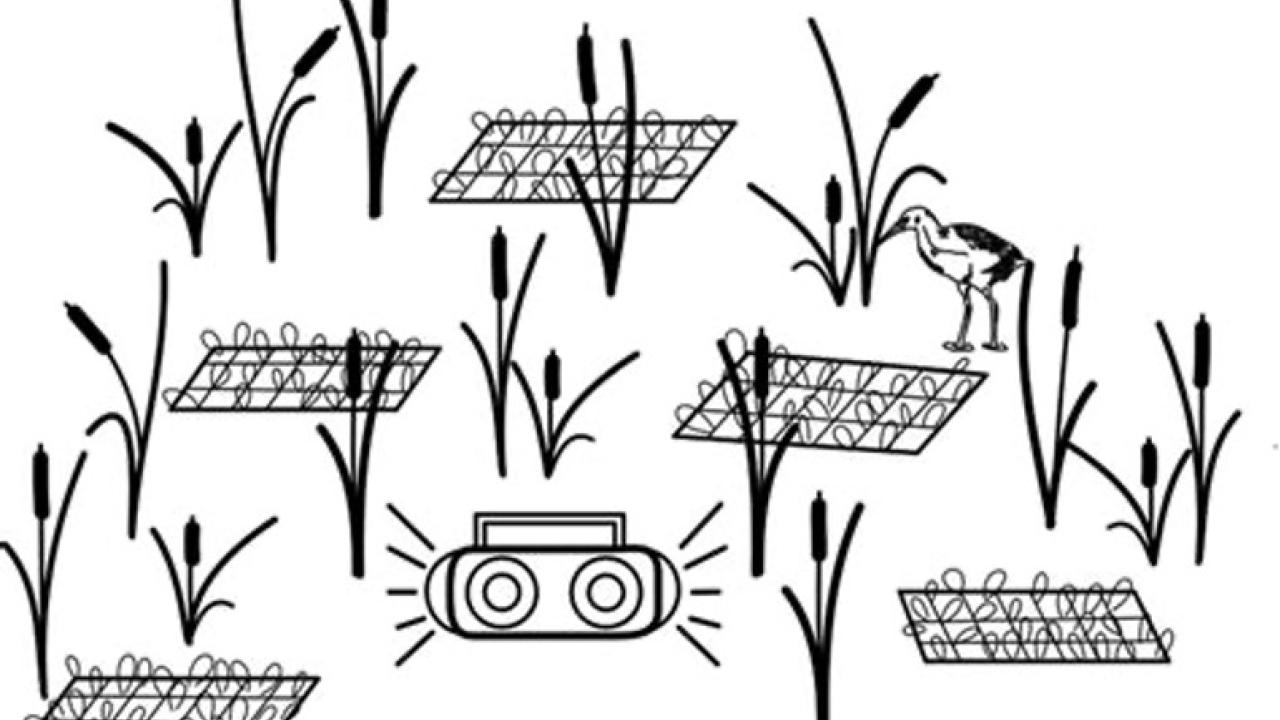
Behind the Rescue
Using Snare Mats in Bird Capture and Recovery
What Are Snare Mats?
A snare mat — also known as a noose mat — is a flat panel (often a patch of hardware cloth) fitted with small nylon or monofilament loops. Making these traps usually takes 4 to 8 hours to make sure that they are sticking up correctly. When a bird steps onto the mat, one of the loops gently tightens around its leg. The researcher, who is always close by, immediately removes the bird, checks its condition, and begins data collection and in our case, prepares it for safe transport to stabilization or the primary care facility.
Because they are monitored constantly and sized precisely for target species, snare mats are considered one of the safest methods for capturing birds that spend time walking on the ground.
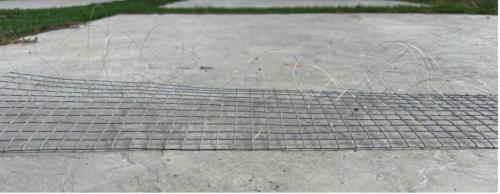
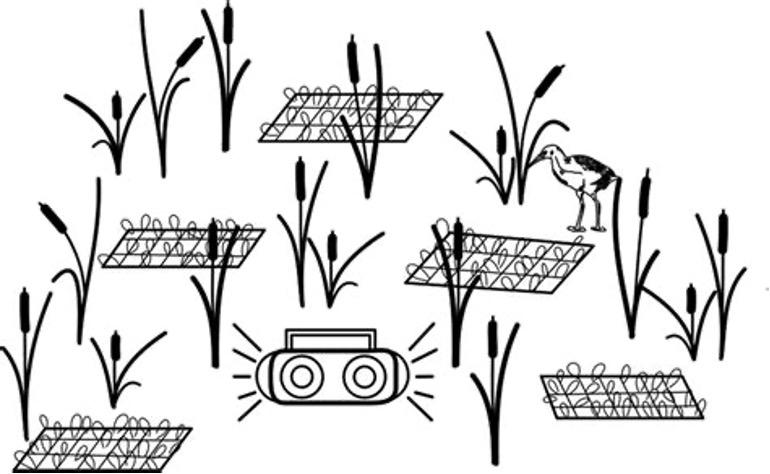
Why Use Snare Mats?
Snare mats are especially useful when other methods, such as mist nets or funnel traps, aren’t effective. They work best for species that:
- Spend time walking or nesting on the ground
- Nest in burrows or open flats
- Are too wary or strong-flying for handheld nets
They are quiet, selective, and cause minimal habitat disturbance, an important advantage in fragile coastal or desert ecosystems.
For example, during the 2021 Pipeline P00547 spill, several snowy plovers were affected, and our team needed to capture this threatened species without disturbing their habitat or causing injury. To ensure the process was both safe and effective, a Snowy Plover specialist joined the team to guide capture efforts. During the nesting season, a common method involves placing snare mats around nest areas (see diagram C below) and waiting for the birds to step into the loops. However, since this event occurred outside the nesting season, the team instead arranged the mats in different formations depending on the terrain, and with the help of trained staff, gently guided the plovers toward the mats for safe capture.
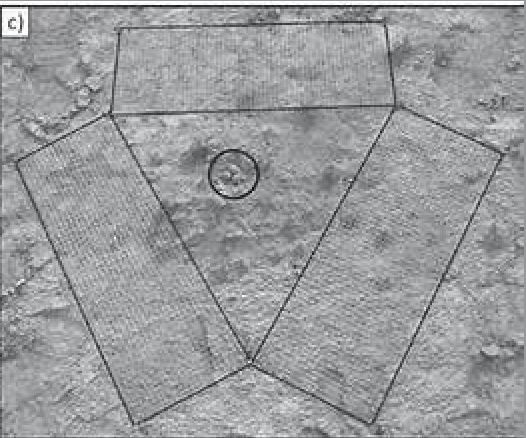
Birds Commonly Captured with Snare Mats in California
Many of California’s most studied bird species can be safely captured using snare mats, including:
- Burrowing owls in the Central Valley and deserts
- Snowy plovers, killdeer, and black-necked stilts on beaches and salt ponds
- Avocets and sandpipers on wetlands
- Seabirds like Cassin’s auklets and storm-petrels nesting on offshore islands
- Raptors, when traps are modified and baited appropriately (for example see image bellow)
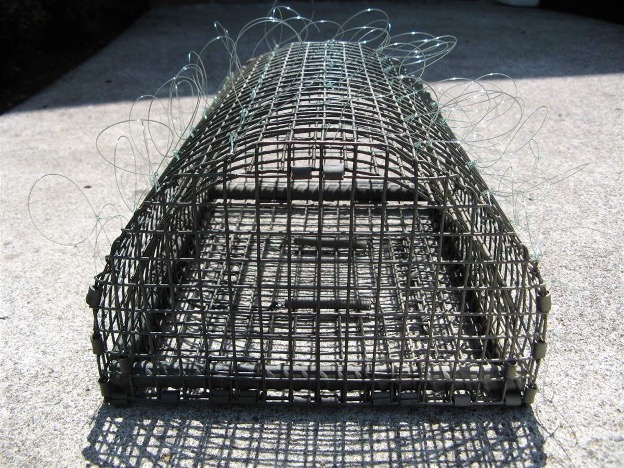
Researchers use these captures to track migration, monitor population health, assess contaminant exposure, evaluate conservation program and for birds that need rehabilitation.
The Value of Snare Mats
Snare mats are one of the tools we use to capture wildlife in the safest way possible. They allow us to collect sensitive species like the snowy plovers thanks to the low injury rate and low habitat impact.
References:
- Mehl, K. et al. (2003). Capture of Breeding and Wintering Shorebirds with Leg-Hold Noose Mats. Journal of Field Ornithology, 74(4).
- USDA APHIS. (2020). Use of Cable Devices in Wildlife Damage Management.
- USGS Bird Banding Laboratory. Capture Techniques – Noose Mats and Snares.
- U.S. Fish & Wildlife Service. (2022). The Humane Capture, Handling, and Disposition of Migratory Birds.
- Meese, R. J. et al. (2015). Safe and Effective Methods for Trapping and Color Banding Tricolored Blackbirds in California.
